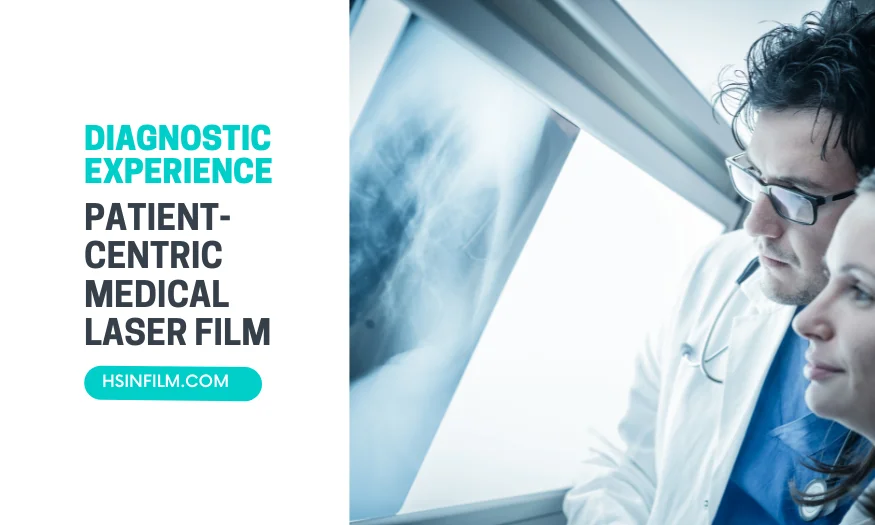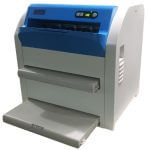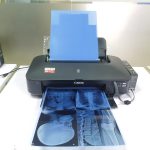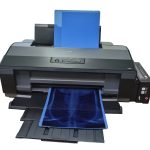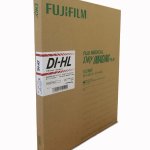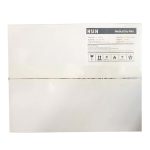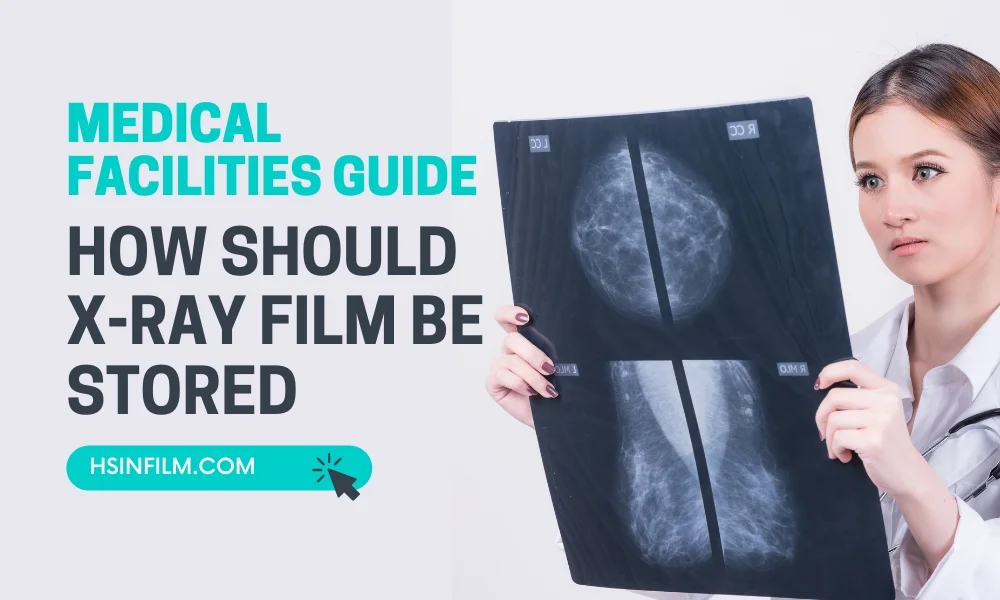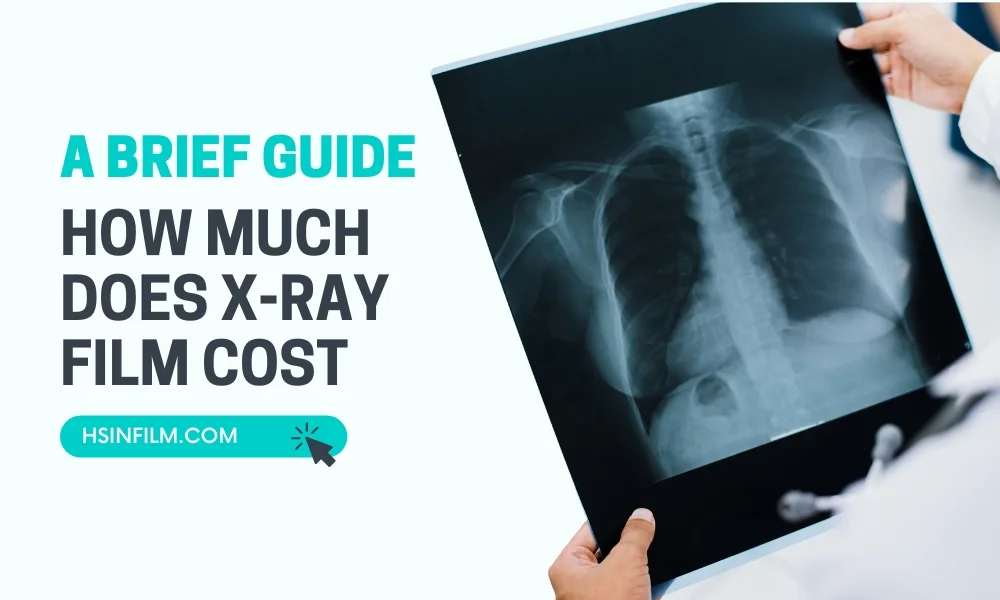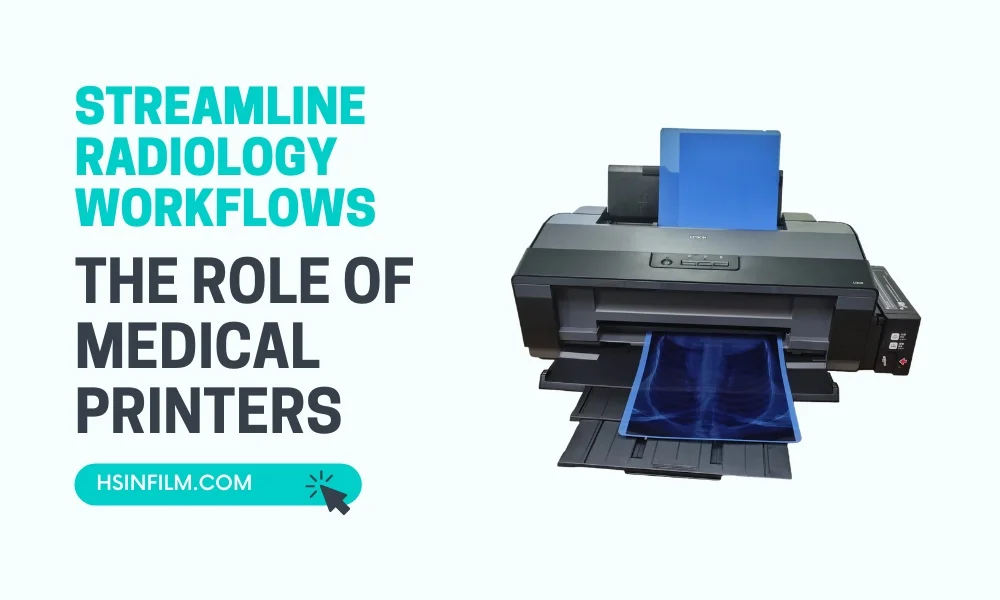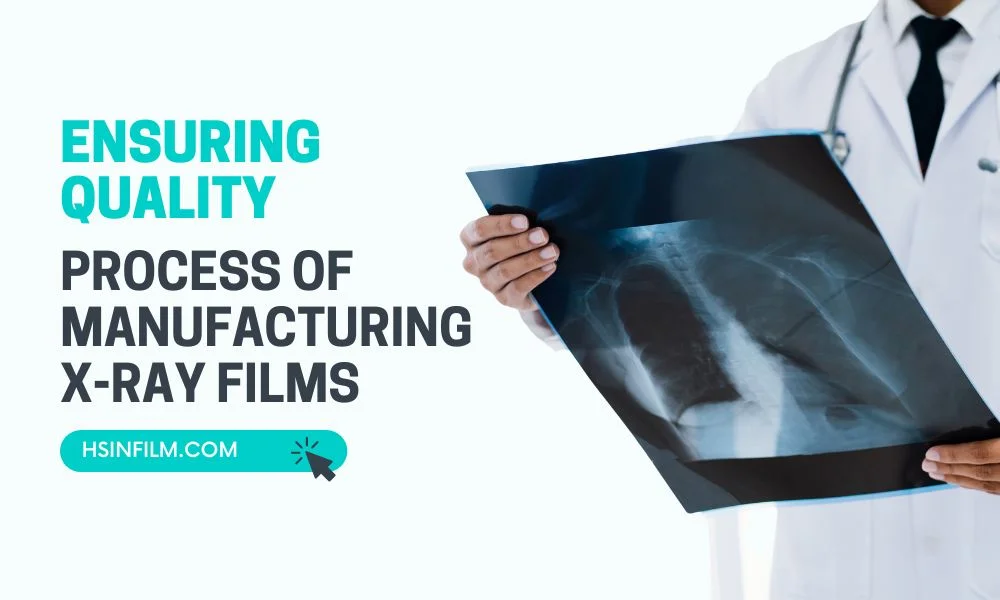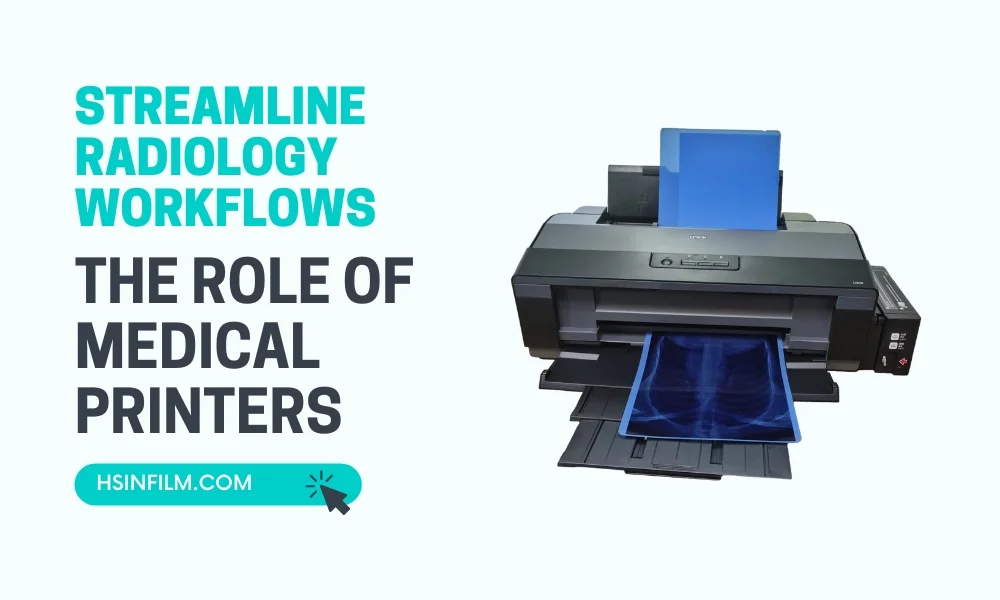Medical laser film is revolutionizing the field of diagnostic imaging by providing high-quality images that enhance the patient experience. This technology plays a crucial role in various medical specialties, offering clear, detailed images that improve diagnosis and treatment. In this blog post, we will explore the benefits of medical laser film, its applications, and how it contributes to a patient-centric approach in healthcare.
Table of Contents
The Significance of the Diagnostic Experience
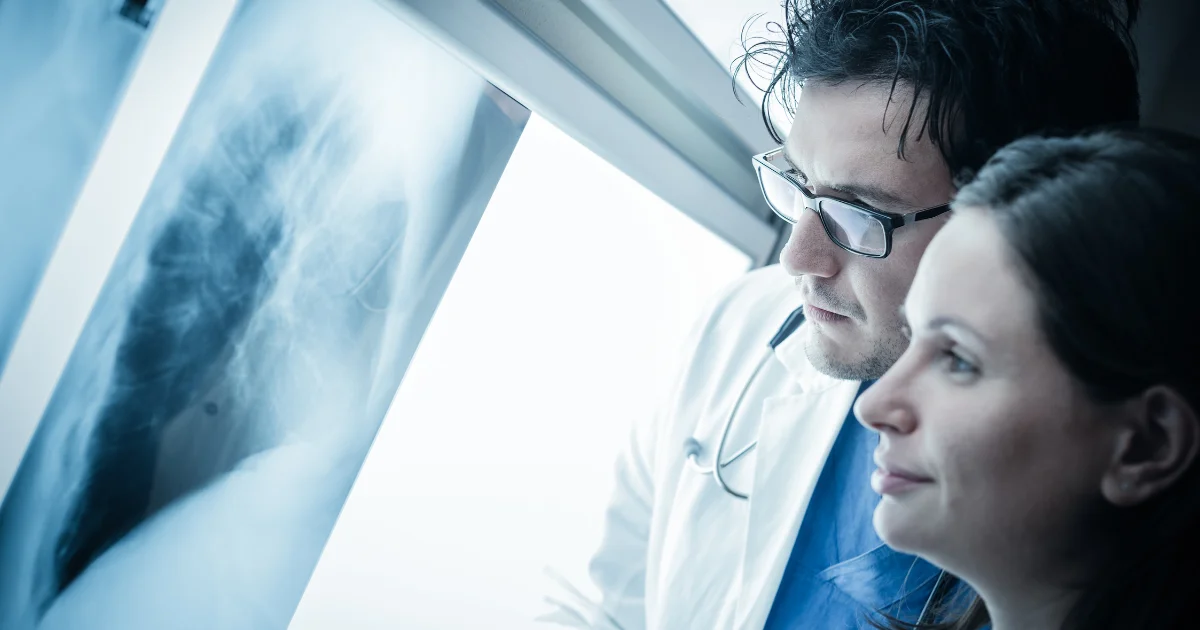
Before we delve into the magic of patient-centric medical laser film, let’s shine a spotlight on the significance of the diagnostic experience. Imagine a world where patients don’t dread diagnostic procedures but instead look forward to them. A positive diagnostic experience reduces anxiety, builds trust in healthcare, and paves the way for better patient engagement.
Introduction to Medical Laser Film
To grasp the concept of patient-centric medical laser film, let’s begin by understanding what it is. Think of it as a technological marvel that has revolutionized healthcare imaging. It’s the shift from old, scratchy vinyl records to the crystal-clear melodies of digital music. Medical laser film is the future, and it’s all about putting the patient first.
Definition and Overview
Medical laser film is a type of imaging film used to produce high-resolution images from diagnostic equipment such as X-rays, CT scans, and MRI machines. Unlike traditional films that rely on chemical processes, laser films use laser technology to create images with exceptional clarity and detail.
How It Works
Laser imaging involves the use of a laser beam to expose the film, which is then developed to produce a precise and accurate image. This process results in high-quality images that are essential for accurate diagnosis and effective treatment planning.
Benefits of Medical Laser Film
High-Quality Images
One of the primary benefits of medical laser film is its ability to produce high-quality images. The clarity and detail provided by laser imaging allow healthcare professionals to detect even the smallest abnormalities, leading to more accurate diagnoses.
Quick Development
Medical laser film develops quickly, reducing the time patients spend waiting for results. This rapid development process allows for faster diagnosis and treatment, improving the overall patient experience.
Environmentally Friendly
Laser imaging is an environmentally friendly option as it eliminates the need for chemical developers. This reduces the environmental impact of medical imaging practices and promotes sustainability.
Cost-Effective
While the initial investment in laser imaging technology may be higher, the long-term cost savings are significant. The quick development process and elimination of chemicals reduce overall costs, making it a cost-effective choice for healthcare facilities.
Applications of Patient-Centric Medical Laser Film
Radiology
In radiology, medical laser film is used to produce detailed images of the body’s internal structures. This is essential for diagnosing conditions such as fractures, tumors, and infections. The high-quality images provided by laser film enable radiologists to make accurate diagnoses and develop effective treatment plans.
Cardiology
Cardiologists use medical laser film to obtain clear images of the heart and blood vessels. These images are crucial for diagnosing and monitoring heart conditions such as coronary artery disease, heart failure, and congenital heart defects. Laser imaging provides the detail needed to assess the severity of these conditions and plan appropriate treatments.
Oncology
Oncologists rely on medical laser film to detect and monitor cancerous tumors. The detailed images produced by laser imaging allow for precise tumor localization, which is essential for planning treatments such as surgery, radiation therapy, and chemotherapy. Early detection and accurate monitoring are key to successful cancer treatment, and laser film plays a vital role in this process.
Orthopedics
In orthopedics, medical laser film is used to image bones, joints, and soft tissues. This is important for diagnosing conditions such as fractures, dislocations, and degenerative diseases like arthritis. The clarity and detail of laser images enable orthopedic surgeons to plan surgical procedures with precision, improving patient outcomes.
Dentistry
Dentists use medical laser film to capture detailed images of teeth, gums, and other oral structures. This is essential for diagnosing dental issues such as cavities, gum disease, and oral infections. The high-resolution images provided by laser film aid in accurate diagnosis and effective treatment planning.
Enhancing the Patient Experience with Medical Laser Film
Improved Diagnostic Accuracy
The high-quality images produced by medical laser film lead to improved diagnostic accuracy. Accurate diagnosis is the first step in effective treatment, and laser imaging provides the clarity and detail needed to make precise diagnoses. This reduces the likelihood of misdiagnosis and ensures that patients receive the appropriate treatment.
Faster Diagnosis and Treatment
The quick development process of medical laser film allows for faster diagnosis and treatment. Patients spend less time waiting for results, which reduces anxiety and improves the overall experience. Rapid diagnosis also enables timely intervention, which can be critical in emergency situations.
Patient Education
Medical laser film enhances patient education by providing clear, detailed images that can be used to explain diagnoses and treatment plans. Visual aids help patients understand their condition and the proposed treatment, leading to better patient compliance and satisfaction.
Reduced Environmental Impact
The environmentally friendly nature of laser imaging reduces the environmental impact of medical practices. This aligns with the growing emphasis on sustainability in healthcare and contributes to a positive patient experience by promoting eco-friendly practices.
Cost Savings
The cost-effectiveness of medical laser film benefits both healthcare providers and patients. Reduced costs associated with chemicals and quick development times translate to lower healthcare expenses. This can make medical imaging more accessible and affordable for patients.
The Comfort Factor: How Laser Film Enhances Patient Experience
Now, let’s get to the heart of the matter—how patient-centric medical laser film creates a comfortable and diagnostic experience.
1. Precision and Reduced Radiation Exposure
Imagine a photographer capturing the perfect shot in a single click. With laser film, the accuracy of diagnostic images minimizes the need for retakes, reducing patient exposure to radiation. It’s like taking a direct route to your destination instead of a long, winding road.
2. Elimination of Chemical Processing
Remember the pungent smell of darkrooms and the wait times for images to develop? Medical laser film eliminates all of that. There are no chemicals to deal with, which means no wait times and no unpleasant odors in the healthcare symphony.
3. Digital Instant Gratification
Patients love being part of the process. With laser film, images are available immediately for review. It’s like watching a live concert where you can give instant feedback to the performers. This level of engagement enhances the patient experience.
Also read: The Evolution of Medical X-Ray Film Technology
Best Practices for Using Medical Laser Film
Proper Storage
Proper storage of medical laser film is crucial for maintaining its quality. Store the film in a cool, dry place away from direct sunlight and heat sources. This prevents the film from becoming damaged or degraded.
Regular Equipment Maintenance
Regular maintenance and calibration of imaging equipment ensure that the laser film produces accurate and high-quality images. Schedule routine checks to keep the equipment in optimal condition and prevent any issues that could affect image quality.
Staff Training
Ensure that all medical staff are trained in the proper use of laser film and imaging equipment. Proper training minimizes errors and maximizes the effectiveness of the imaging process, leading to better patient outcomes.
Quality Control
Implement quality control measures to ensure that the images produced are of the highest quality. Regularly review images for clarity and accuracy, and address any issues promptly to maintain high standards in medical imaging.
Patient Preparation
Prepare patients adequately before taking images. Explain the procedure to the patient and ensure they are comfortable. Proper positioning and cooperation from the patient are essential for obtaining clear and accurate images.
Conclusion
Medical laser film is a valuable tool in modern healthcare, offering high-quality images that enhance the diagnostic experience. Its benefits, applications, and contribution to a patient-centric approach make it an essential component of medical imaging. By understanding the advantages of laser film and implementing best practices for its use, healthcare providers can improve diagnostic accuracy, patient education, and overall patient care. As technology continues to advance, the role of medical laser film in healthcare is expected to grow, further solidifying its importance in delivering high-quality medical care.
Disclaimer: The patient-centric medical laser film approach discussed in this article is aimed at providing insights. Consult your healthcare provider for specific diagnostic procedures and technologies.
FAQ
1. What is patient-centric medical laser film?
Patient-centric medical laser film refers to specialized film used in laser imaging systems to capture diagnostic images of patients in a manner that prioritizes their comfort, safety, and overall experience during the imaging process.
2. How does laser imaging differ from traditional imaging methods?
Laser imaging utilizes advanced laser technology to produce high-resolution diagnostic images with exceptional clarity and detail, surpassing the capabilities of traditional imaging methods such as x-ray and MRI in certain applications.
3. What are the benefits of using medical laser film for diagnostic imaging?
Medical laser film offers several benefits, including superior image quality, reduced radiation exposure compared to x-ray imaging, shorter imaging times, enhanced patient comfort due to its non-invasive nature, and compatibility with digital systems for easy storage and sharing of images.
4. How does patient-centric design contribute to the diagnostic experience?
Patient-centric design focuses on optimizing the imaging environment to prioritize patient comfort, minimize anxiety, and ensure a positive overall experience. This may include features such as ergonomic positioning, noise reduction, and soothing lighting to create a calming atmosphere.
5. Is medical laser film suitable for all diagnostic imaging procedures?
While medical laser film is suitable for a wide range of diagnostic imaging procedures, its optimal use depends on the specific clinical application and imaging requirements. It is particularly well-suited for capturing detailed images of soft tissues and superficial structures.
6. What are the considerations for healthcare providers when implementing laser imaging technology?
Healthcare providers should consider factors such as equipment compatibility, staff training, patient education, workflow integration, and cost-effectiveness when implementing laser imaging technology to ensure seamless adoption and optimal utilization.
7. How does laser imaging contribute to a more personalized approach to patient care?
Laser imaging enables healthcare providers to tailor diagnostic procedures to individual patient needs by offering precise, customized imaging parameters, minimizing unnecessary exposure to radiation, and optimizing imaging protocols based on patient characteristics.
8. Can medical laser film be used in combination with other imaging modalities?
Yes, medical laser film can be integrated with other imaging modalities such as ultrasound, CT, and MRI to provide complementary information and comprehensive diagnostic evaluations, enhancing diagnostic accuracy and treatment planning.
9. What advancements are expected in patient-centric medical laser film technology?
Future advancements in patient-centric medical laser film technology may include enhanced image resolution, real-time imaging capabilities, improved ergonomic design, integration with artificial intelligence for automated analysis, and greater accessibility for diverse healthcare settings.
10. How does patient feedback influence the development of medical laser film technology?
Patient feedback plays a crucial role in shaping the development of medical laser film technology by providing insights into patient preferences, concerns, and experiences, ultimately driving innovations that prioritize patient comfort and satisfaction.
